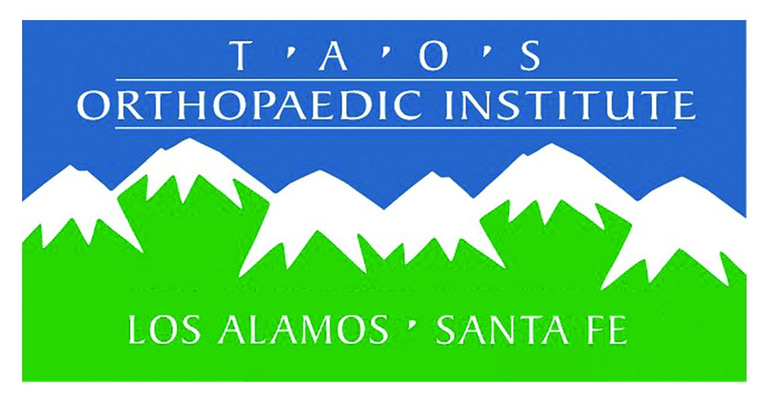Understanding Knee Surgery Alternatives
KNEE SURGERY
11/21/20243 min read
Before deciding on knee surgery, Taos Orthopaedic Institute may try several knee surgery alternatives to relieve the pain and inflammation in your knee.
Knee Surgery Alternatives: Lifestyle Modification
The first alternative to knee surgery is lifestyle modification. This may include weight loss, avoiding activities such as running and twisting which can aggravate the knee injury, modifying exercise to no- and low-impact, and other changes in your daily routine to reduce stress on your knee.
Knee Surgery Alternatives: Exercise and Physical Therapy
Exercise and physical therapy may be prescribed to improve strength and flexibility. Exercises may include strengthening exercises such as riding a stationary bike, and stretching exercises such as flexing the ankle up and down, tightening and holding thigh muscles, sliding the heel forward on the floor, leg lifts, and knee extensions.
Exercise can strengthen your leg muscles and reduce your pain. If you really need knee surgery, this may not help, but many forms of knee pain can be mitigated by exercise.
Knee Surgery Alternatives: Pain Medications and Anti-inflammatory Medications
Arthritis pain is caused by inflammation in the knee as the bones rub against each other due to eroded cartilage. Reducing pain and inflammation of the tissue in the knee can provide temporary relief from pain and delay knee surgery.
For most patients, Tylenol is a safe pain medication. Anti-inflammatory medications (non-steroidal anti-inflammatory drugs or NSAIDs) such as Ibuprofen (Advil or Motrin) or Naproxen (Aleve) may also provide relief from pain and swelling. A corticosteroid injection may also be used to reduce pain; in this procedure a powerful anti-inflammatory agent is injected directly into the joint.
Knee Surgery Alternatives: Glucosamine/Chondroitin
A dietary supplement called glucosamine/chondroitin may improve the joint’s mobility and decrease pain from arthritis of the knee. Glucosamine and chondroitin sulfate can slow the deterioration of cartilage in the joint, reducing the pain of bone on bone. Both are naturally occurring molecules in the body. Glucosamine is thought to promote the growth of new cartilage and repair of damaged cartilage, while chondroitin is believed to promote water retention, improving the elasticity of cartilage, and also to inhibit cartilage-destroying enzymes.
Knee Surgery Alternatives: Joint Fluid Therapy
While medications and supplements can be helpful in reducing inflammation and pain and help you delay or avoid knee surgery, there are trade-offs. Drug therapies may have systemic side effects, and there is a limit to how much pain reduction can occur.
In a procedure called joint fluid therapy, a series of injections is made directly into the knee. This therapy is designed to reduce pain by improving lubrication in the knee, replacing the synovial fluid that lubricates the knee. Hyaluronate or hyaluronic acid (HA) is used for the treatment of osteoarthritis knee pain in patients who have failed to get adequate relief from simple painkillers or from exercise and physical therapy.
A solution made of highly purified, sodium hyaluronate is used in this procedure. HA is made from a natural chemical found in the body and is found in particularly high amounts in joint tissues and in the fluid (synovial fluid) that fills the joints.
The body’s own hyaluronan acts like a lubricant and shock absorber in synovial fluid of a healthy joint. Osteoarthritis reduces your synovial fluid’s ability to protect and lubricate your joint.
A physician administers an injection of HA solution into your knee once a week for 5 weeks (a total of 5 injections). This helps to re-lubricate your knee and reduce the pain of osteoarthritis, possibly delaying or helping you avoid knee surgery. The series of 5 injections can last for 1 year and be repeated each year.
Bracing
A brace may be used to provide external stability to the knee joint. Braces are devices made of plastic, metal, leather and/or foam and are designed to stabilize a joint, reduce pain and inflammation, and strengthen the muscles of the knee. By putting pressure on the sides of the joint, the brace causes the joint to realign, which in turn decreases the contact between the two rough bone surfaces and reduces the pain while increasing mobility.
